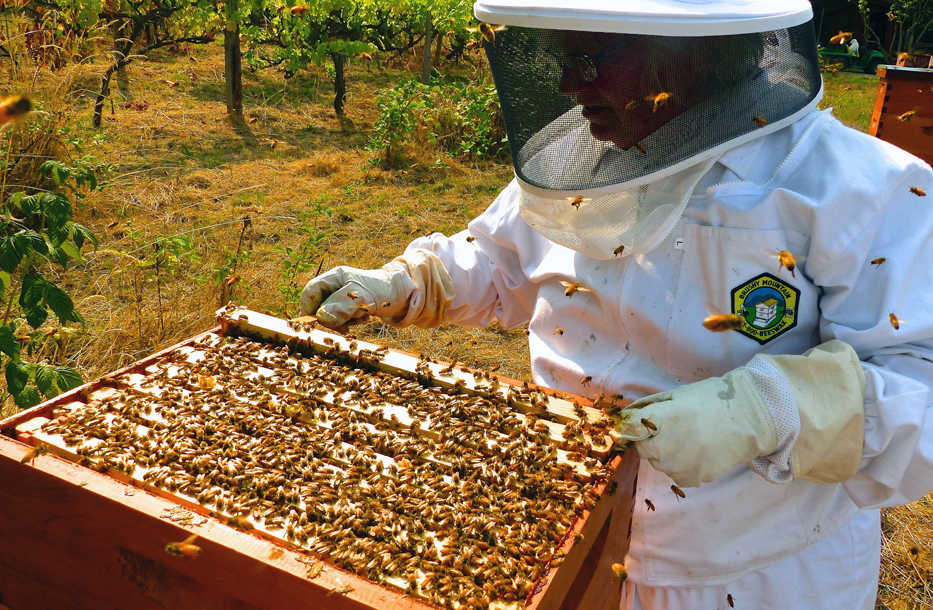Bee rustlers are driving up the cost of one of nature’s sweetest enterprises: Honeybee hives valued at over $350 apiece are disappearing in large numbers.
That figure doesn’t include rental fee losses of up to $200 per hive for bees transported to pollinate citrus in Florida, blueberries in Maine, cranberries in Wisconsin, vegetables in Texas, sunflowers in the Dakotas and almond orchards during their six- to eight-week California bloom period in January and February.
There simply aren’t enough honeybees in those areas to handle the pollinating load. Even with thousands of commercial hives being shipped around the country, honeybee diseases and complications from theft have created too little supply of the bees and too much demand.
California is prime ground for bee thefts since two-thirds of all beehives in the U.S. are used to help pollinate its million-acre-plus almond production. Two beehives per acre are needed for pollination.
“It’s the easiest way for someone to steal in large-scale values that I know of,” said Darren Cox, a commercial beekeeper from Utah who recently lost 80 hives rented to a California almond grower.
Most bee yards are isolated and in remote areas, said Joy Pendell, media director for the California State Beekeepers Association.
“Anyone with a forklift and truck can easily pick up the hives and drive to a new location,” she said. “Bees are typically transported at night since bees do not fly at night or in cooler weather” (below 55 degrees Fahrenheit), she said.
Losses are difficult to determine nationwide, but 1,654 beehives were reported stolen by California almond growers between Jan. 1 and Feb. 28 this year, the peak period there for almond trees to bloom, Parnell said.
“It’s all about making an easy buck at someone else’s expense,” she said. “The price of bees renting for almond pollination has skyrocketed and it is attracting the thieves.”
Prevention is difficult, but there are ways to catch a beehive thief. They include:
— Marking your hives using a registered brand on boxes and frames. “A brand provides concrete evidence of the ownership of the beehive,” Pendell said.
— Using GPS tracking. “The trick is getting a device that will motion-activate,” Pendell said. “I’m not sure how well it will work out, but it is worth a shot.”
— Hiring a security service.
— Placing bee lots out of sight and securing them with locked fencing.
— Using surveillance cameras.
— Posting rewards. The California State Beekeepers Association currently offers a reward of up to $10,000 for the arrest and conviction of people selling member bees or equipment.
“The whole problem with this hive theft thing is the probability of getting caught is low and the returns are high,” said Brittney Goodrich, a PhD candidate at the University of California, Davis, who is writing a dissertation on honeybee contracts in the almond industry. “Almond acreage continues to expand, and demand for pollination continues to grow. The price of bee pollination will continue going up and hive thefts will probably increase.”

